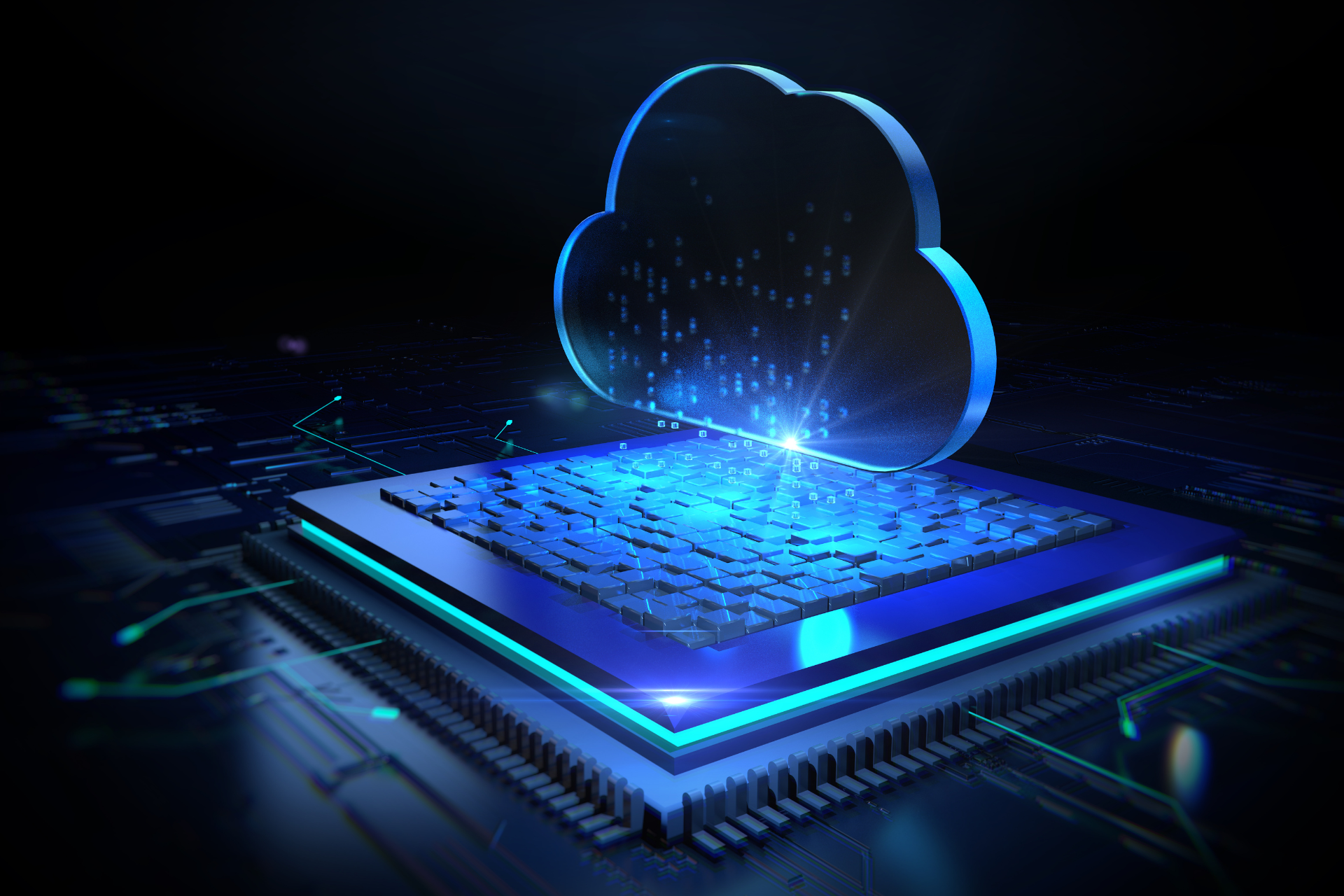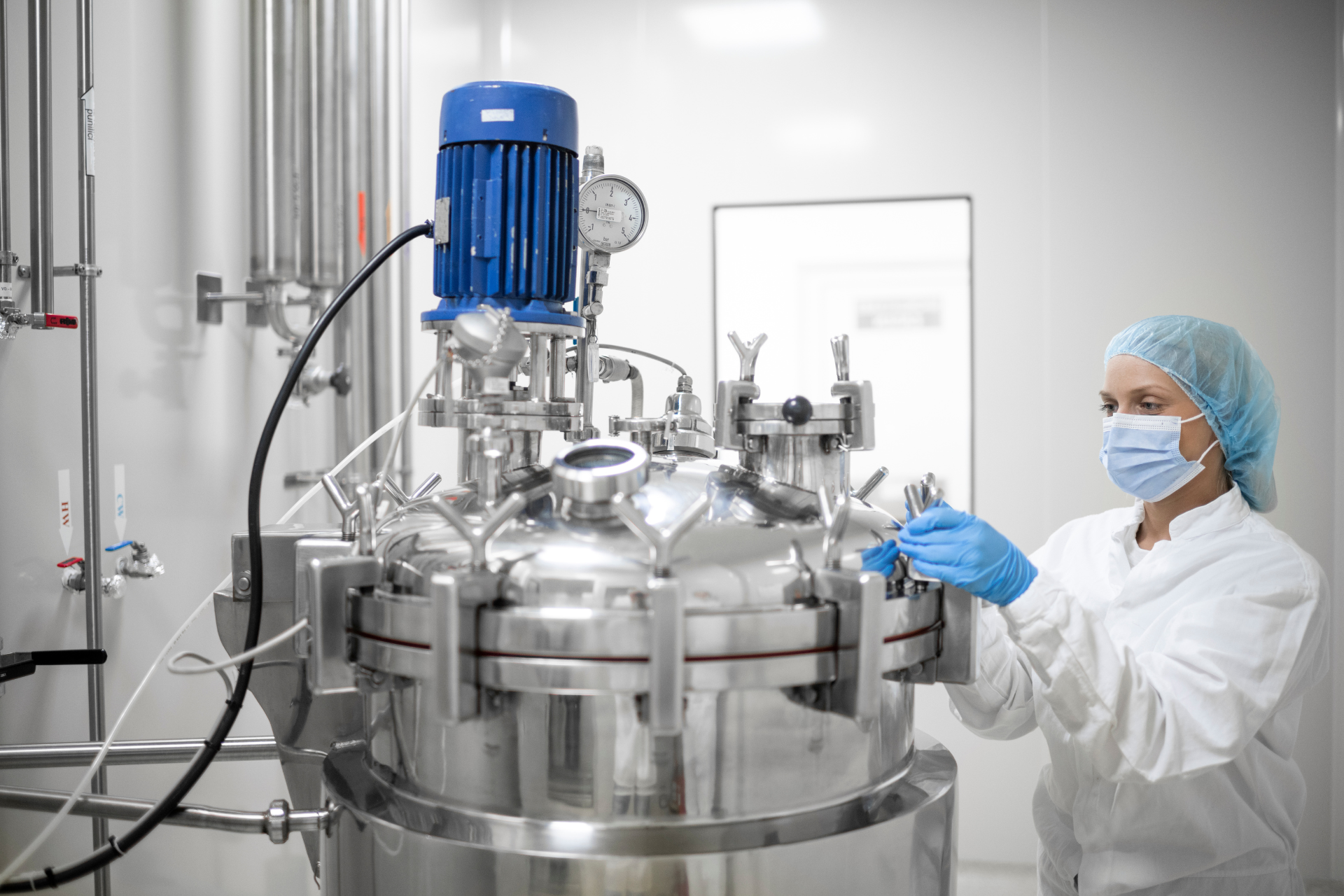The Future of Remote Patient Monitoring: Empowering Patients at Home
In a healthcare landscape increasingly defined by digital transformation, Remote Patient Monitoring (RPM) has emerged as a revolutionary force reshaping how care is delivered. No longer confined to hospital walls, healthcare is extending into patients' homes through sophisticated monitoring technologies that promise to improve outcomes while reducing costs.
The RPM Revolution: Beyond Basic Monitoring
Remote Patient Monitoring has evolved dramatically from its early iterations. What began with simple blood pressure cuffs and glucose meters has transformed into an ecosystem of interconnected devices capturing a wealth of patient data in real time. As Mayo Clinic's Dr. John Halamka notes, "By one estimate, 30 million Americans will be using remote patient monitoring devices by 2024. By 2027, the global RPM market will reach $1.7 billion."
Today's RPM technologies extend far beyond basic vital signs, incorporating:
- Continuous glucose monitoring (CGM) systems that eliminate daily finger pricks
- ECG sensors in smartwatches detecting atrial fibrillation and other arrhythmias
- Electronic skin patches with wireless transmitters monitoring vital signs
- Bluetooth-enabled medication inhalers tracking proper dosing
- Hydration and sweat sensors alerting to dehydration risks
- Neurological assessment tools for conditions like Parkinson's Disease
This technological evolution is creating what Dr. Halamka calls "the bionic woman and the bionic man" – not fictional characters but real people empowered by digital health innovations.
Market Growth and Investment Trends
The financial trajectory of RPM reflects its growing importance. According to recent market analysis from MarketsandMarkets, the global AI in Remote Patient Monitoring market was valued at $1,551.8 million in 2023 and is forecast to grow at a robust CAGR of 27.5%, reaching $8,438.5 million by 2030.
This exponential growth is fueled by:
- Demographic shifts: The United Nations Population Fund predicts people aged 65+ will grow from 10.3% of the global population in 2024 to 20.7% by 2074, increasing demand for efficient monitoring solutions.
- Cost pressures: Healthcare systems worldwide face limited budgets alongside increasing patient needs, making RPM's efficiency attractive to payors.
- AI integration: Artificial intelligence is enhancing RPM capabilities through predictive analytics and pattern recognition, attracting significant investment.
- COVID-19 acceleration: The pandemic created unprecedented demand for remote care solutions, fast-tracking adoption by approximately 3-5 years.
Key players driving innovation include Koninklijke Philips N.V., Medtronic, OMRON Healthcare, GE Healthcare, and Boston Scientific, with significant investment flowing to AI-powered wearables, portable diagnostics, and integrated software platforms.
Clinical Outcomes and Cost Savings
The evidence supporting RPM's clinical and economic benefits continues to mount. A 2024 study published in Cureus demonstrated significant improvements in key metrics:
- Disease-specific markers decreased significantly (p = 0.002)
- Symptom severity showed substantial reduction (p < 0.001)
- Overall health status improved significantly (p < 0.001)
Perhaps most compelling for healthcare systems and insurers, the same study documented dramatic cost reductions:
- Direct healthcare costs decreased by approximately 50% (p < 0.001)
- Indirect costs, including productivity loss, dropped by about 50% (p = 0.004)
RemetricHealth notes that RPM can cut hospital readmissions by up to 38% and reduce emergency room visits by up to 78%, representing substantial savings in high-cost acute care utilization.
Enhancing Patient Autonomy and Experience
Beyond clinical metrics, RPM fundamentally transforms the patient experience. Patients using these technologies report significantly higher satisfaction with:
- Communication with providers (increasing from 80% to 95%, p < 0.001)
- Convenience of healthcare services (increasing from 75% to 90%, p < 0.001)
- Overall healthcare experience (increasing from 85% to 92%, p = 0.012)
A review in BMJ Open identified six key mechanisms through which successful RPM interventions operate:
- Targeting high-risk populations
- Accurately detecting health decline
- Providing responsive, timely care
- Personalizing care approaches
- Enhancing patient self-management
- Ensuring collaborative, coordinated care
Empowerment through self-management represents a fundamental shift from passive recipients of care to active participants in health management.
Barriers and Challenges
Despite its promise, RPM faces significant implementation challenges:
Technological barriers: Healthcare organizations must ensure RPM platforms integrate seamlessly with existing electronic health records and workflows.
Equity concerns: The "digital divide" means some populations—particularly elderly, rural, and low-income patients—may lack the digital literacy or infrastructure to benefit from RPM.
Provider adaptation: Healthcare providers must develop new skills and workflows to effectively utilize the influx of patient-generated health data.
Reimbursement complexity: While telehealth reimbursement has expanded dramatically, especially post-COVID, payment models for RPM services continue to evolve.
The Road Ahead
As RPM technology advances, its future intersects with other transformative technologies:
Artificial intelligence will enhance RPM by identifying subtle patterns that may indicate complications before they become severe, enabling truly preventive care.
Seamless integration between devices and healthcare systems will create comprehensive digital ecosystems that coordinate care across settings.
Passive monitoring technologies will reduce patient burden while increasing data collection, making RPM more sustainable for long-term use.
The Department of Veterans Affairs provides a glimpse of this future in action. In 2023, the VA initiated contracts to establish telemetry tracking systems for some 35 VA Medical Centers, demonstrating institutional commitment to RPM as core infrastructure rather than experimental technology.
Conclusion
Remote Patient Monitoring represents a fundamental shift in healthcare delivery that extends clinical supervision beyond traditional settings while empowering patients to engage actively in their health management. As technology advances and evidence accumulates, we can expect RPM to become increasingly central to healthcare delivery—not as a supplementary tool but as a cornerstone of modern patient care.
For healthcare organizations and professionals adapting to this changing landscape, the message is clear: The future of healthcare increasingly resides in the patient's home, enabled by sophisticated but user-friendly technologies that bridge the gap between clinical expertise and everyday life.











